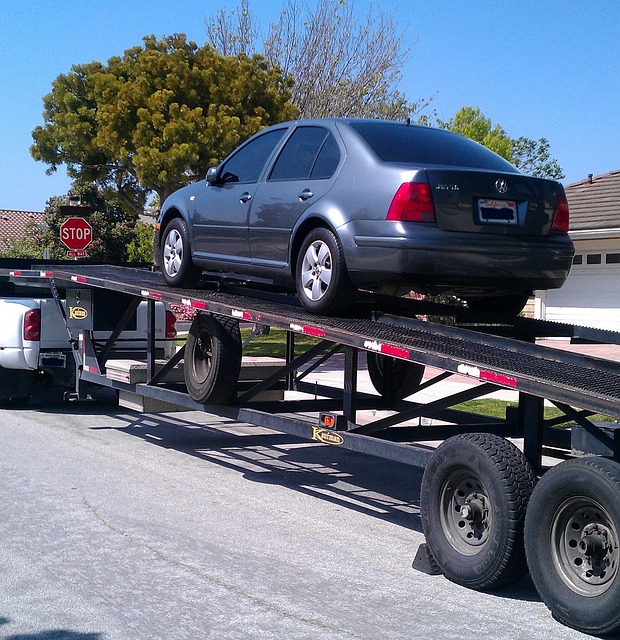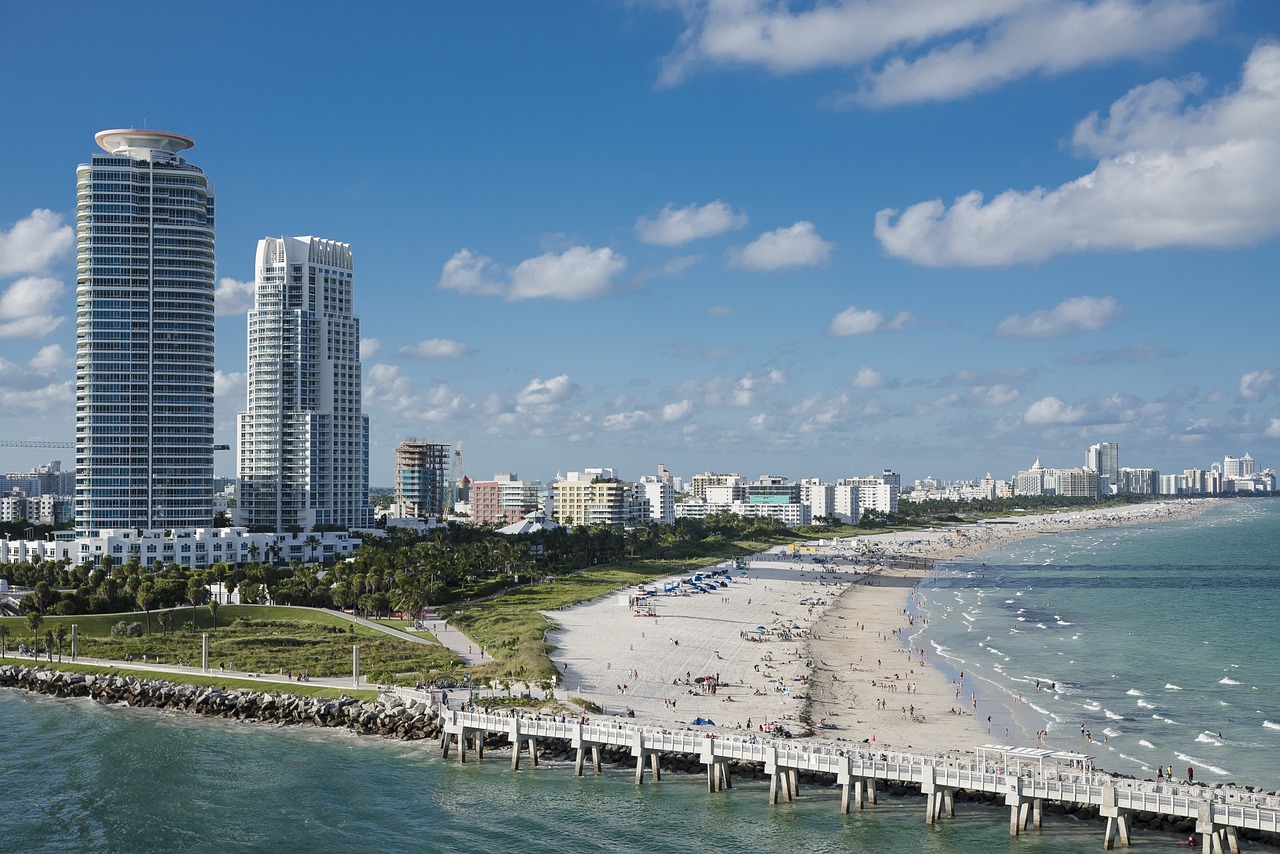Migratory birds have the right idea: escape the bone-chilling cold and settle into the warm embrace of the south during the winter months. There are more than a few humans who follow this pattern too – the seasonal traveler known as the Snowbird.
Who Are Snowbirds and When Does the Season Start?
The term “Snowbirds” denotes the flock of northerners who annually migrate to warmer southern states like Florida, Texas, or Arizona.
When the leaves start to turn, the air becomes crisp, and pumpkin spice latte frenzy hits its peak, you know the time is upon us – Snowbird Season.
Snowbird season typically begins in the late fall, although the exact timing may vary depending on the individual, their tolerance for cold weather, and the particular characteristics of the year’s climate.

Most snowbirds spread their metaphorical wings and begin their southern migration in October or November. This corresponds with the time when the winter chill starts to creep in, and northern landscapes are painted with the first brushstrokes of frost and snow.
For snowbirds who are teachers, retirees, or anyone with a flexible schedule, this is the perfect time to escape the winter blues. Schools have been back in session for a month or two, many tourists have dispersed, and southern states are welcoming visitors with open arms with their great weather.
Returning to the Nest: The End of the Season
As for when the snowbirds return to their northern nests, it typically coincides with the arrival of spring and warmer temperatures in the northern states. This is usually around April or May.
Again, this isn’t a strict schedule and can vary based on individual preferences. Some snowbirds might choose to head north earlier, especially if they have commitments like taxes or gardening, which often demand attention in early spring.

The Rhythm of the Snowbird
Each snowbird’s rhythm is as unique as their Cuban Salsa dancing skills . Some may stay for a few short months; others might decide to extend their winter escape into a half-year adventure. Many have winter homes which can provide a lot of options.
But, whether this migration lasts three months or six, one thing is clear: shipping a car will allow you to ride through your extended vacation in style, comfort, and with a sense of financial savvy.
Should a Snowbird Rent A Car or Ship Their Own?
Although a few actually drive down, the two of the most popular options include renting a car while visiting for those months or finding a reliable auto transport company to send the vehicle there and back.

The Case for Car Shipping
At first glance, car shipping might seem like a luxury. But when you dive into the numbers and convenience, it paints a far more practical picture.
Cost-Effective In the Long Haul
Consider the cost of renting a car for months on end. Even at a seemingly reasonable $25-$30 per day, this quickly adds up. In a 90-day season, you’d be shelling out $2,250 – $2,700, and that’s not even factoring in insurance and other miscellaneous fees that always seem to magically appear on your invoice.
Contrast this with car shipping, which typically ranges between $600 – $1,000 for a one-way cross-country snowbird trip. The round-trip cost would be double, but it still falls short of the amount you’d be doling out for a rental car.
Comfort and Familiarity
The familiar purr of your engine, the feel of your steering wheel, the way the seat hugs you just right. There’s a comfort in familiarity that a rental car can’t provide.
Moreover, snowbirds often pack heavy, bringing with them the little comforts of home. Shipping your own car allows you the space to transport more of your belongings without worrying about baggage fees or the logistical nightmare that is airline cargo.

Flexibility
When you ship your car, you aren’t bound by rental company regulations or the looming deadline to return it. Your vehicle is available on your schedule, providing flexibility and eliminating the worry of late fees or extended rental agreements.
Deconstructing the Rental Car Myth
Rental cars have their place, no doubt. They’re great for week-long vacations or business trips. But when it comes to an extended stay, the shiny allure of a rental car starts to dull.
Hidden Fees and Limitations
Renting a car seems straightforward until the hidden fees start cropping up. Early return fees, late return fees, extra mileage fees – the list can stretch as long as your winter migration route. Then, there are limitations on where you can take the car and the hefty fees if you decide to drop it off at a different location.
Availability
Rental car companies have been experiencing shortages and price hikes due to increased demand and limited supply. This can make securing a rental car more challenging, especially during peak snowbird season.

Lack of Personalization
Rental cars are the vanilla ice cream of the automobile world – basic and devoid of any personal touch. You don’t get to choose the exact model or the features that you’re accustomed to in your vehicle.
The Verdict
We’ve traversed the road of both options, and the destination is clear. For snowbirds staying months at a time, shipping your car instead of renting one isn’t just a comfort and convenience—it’s also a smarter financial move.

Final Thoughts
So when the snow starts to fall and you’re ready to swap your snow boots for sandals, consider having your vehicle accompany you on your winter retreat wherever it may be. Embrace the migration, dear Snowbirds! Your wallet will thank you!










